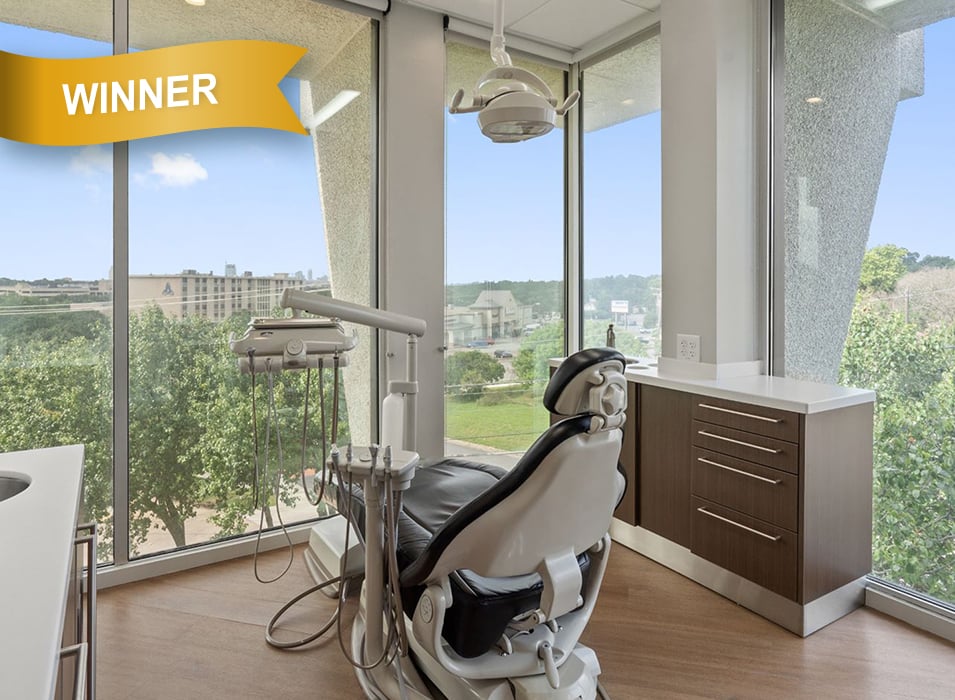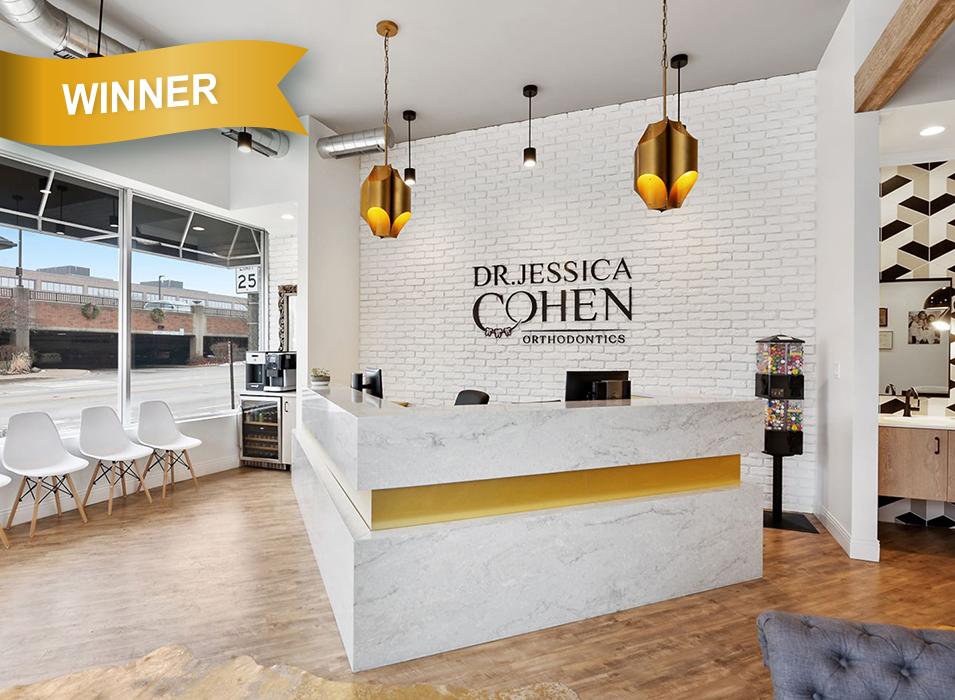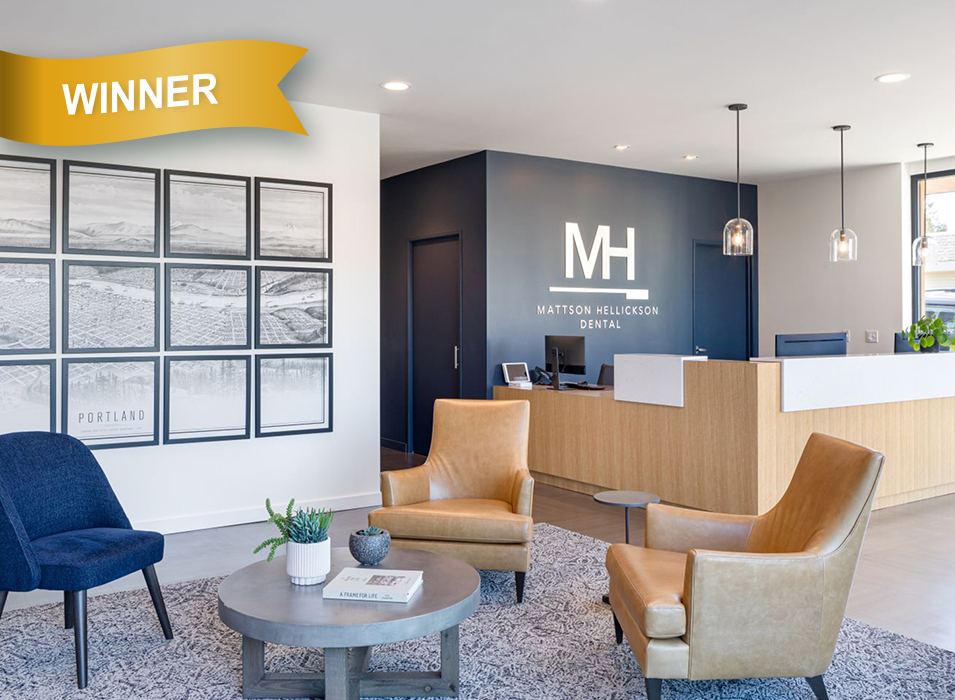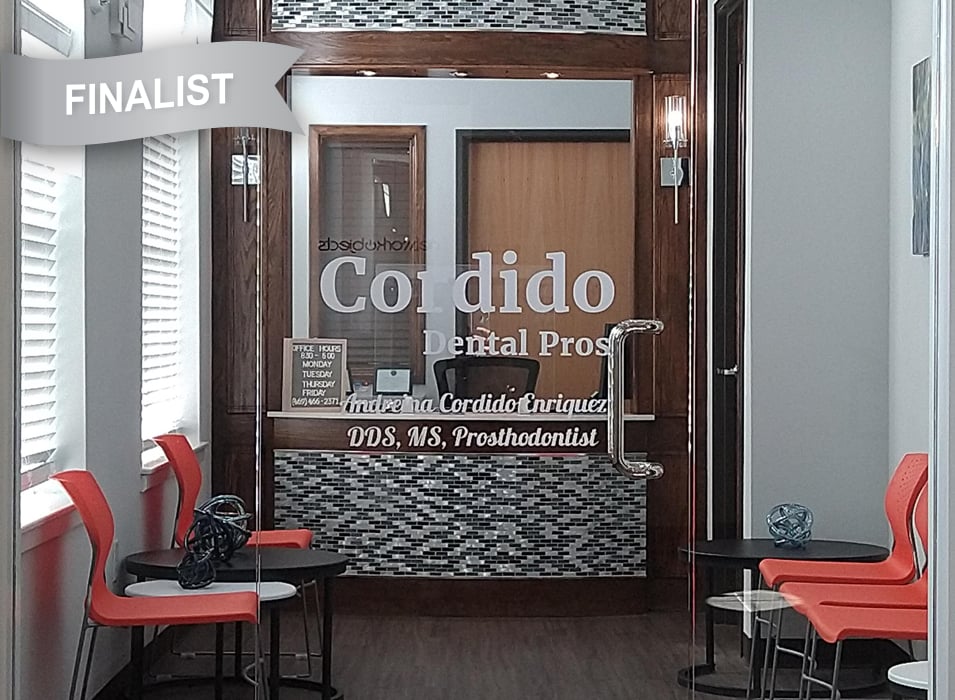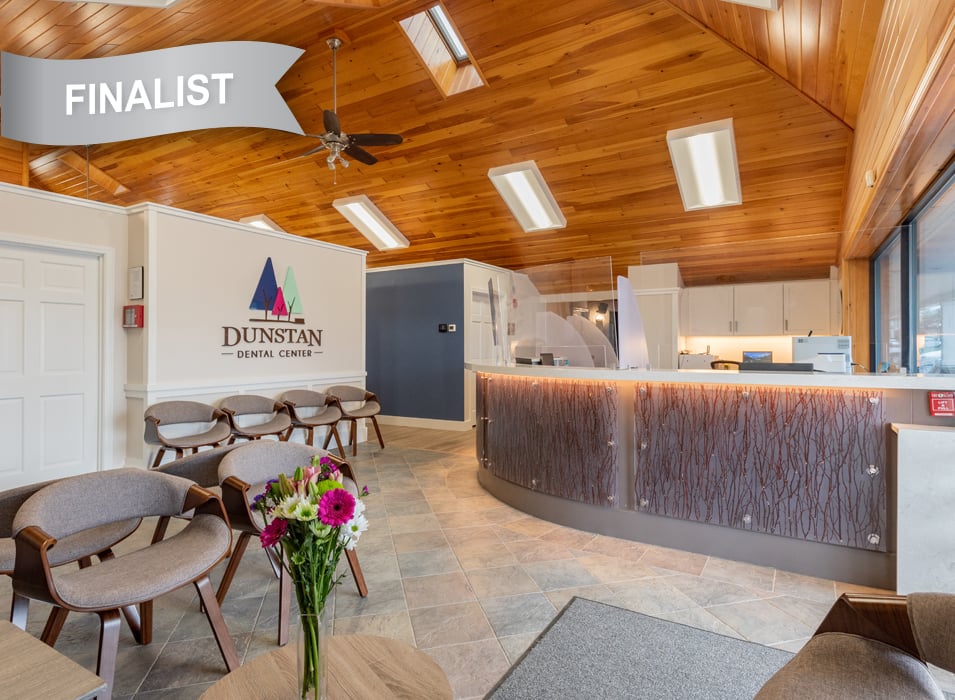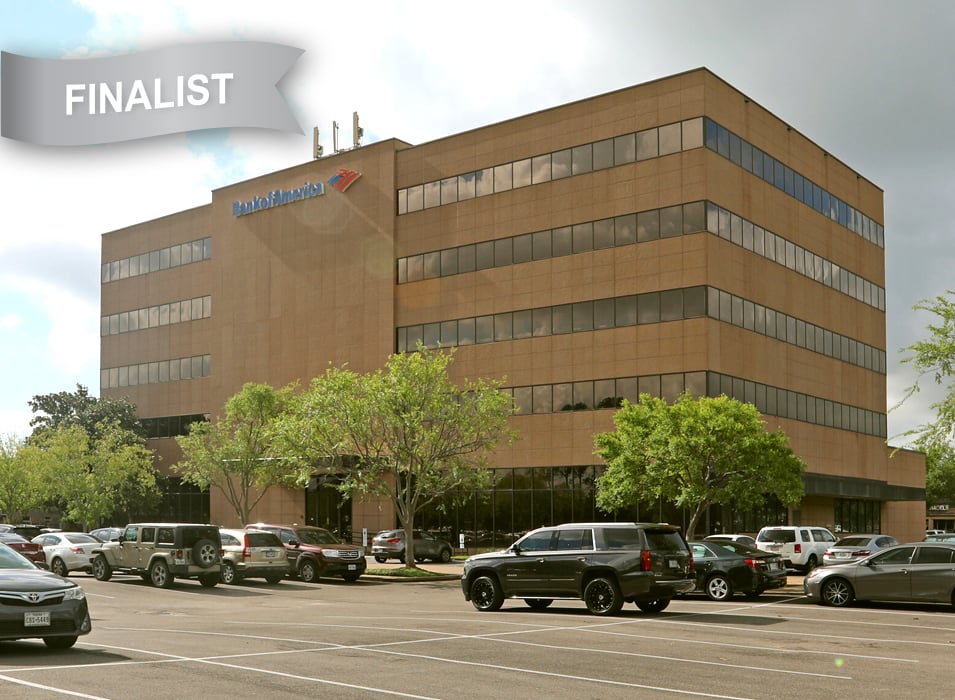Ergonomic tips for
enhanced PPE use during
COVID-19 pandemic
Helpful How-Tos

Manish Chopra
B.D.S., D.M.D.
Robert Werner
M.D., Professor Emeritus
Timothy Caruso
Physical Therapist
Tamara James
Certified Professional Ergonomist
by Mary Beth Versaci
From experiencing headaches and dry mouth to overheating under layers of personal protective equipment, Manish Chopra, B.D.S., D.M.D., is familiar with the discomfort dentists are experiencing during the COVID-19 pandemic.“The largest ergonomic challenge that I had was the added weight and change in distance required to work on a patient with a face shield,” said Dr. Chopra, a member of the American Dental Association Council on Dental Practice and a prosthodontist practicing in Cincinnati and Wilmington, Ohio.
Dr. Chopra is not alone in his experiences. Four out of five dentists who responded to the ADA Health Policy Institute’s poll on the impact of COVID-19 for the week of Aug. 24, 2020, indicated they were having physical reactions from using enhanced PPE, most commonly general discomfort, heat stress, exhaustion, headaches and dehydration.
“The ergonomic issues that are specific to dental practice during the pandemic are most focused on the awkward postures that are adapted to allow optimal visualization when there may be more glare or fogging of loupes or face shields,” said Robert Werner, M.D., professor emeritus in the Department of Physical Medicine and Rehabilitation and attending physical medicine and rehabilitation physician at the University of Michigan’s Michigan Medicine health system. “The added perspiration from being overheated adds to these issues. All of this leads to musculoskeletal discomfort and fatigue.”
While dealing with these ergonomic issues can be a challenge, there are steps dentists can take to help protect their physical health during the pandemic.
Good adjustments
Drs. Chopra and Werner were two participants in an ADA webinar addressing this issue entitled “COVID-19 PPE and Me: Issues, Questions, Concerns, and Workarounds.” During the session, panelist Timothy Caruso, a physical therapist in the Chicago area and member of the ADA Council on Dental Practice’s Dental Wellness Advisory Committee, shared some adjustments dentists can make in the operatory to ease the stress of enhanced PPE use on their bodies.Four out of five dentists who responded to the ADA HPI’s poll on the impact of COVID-19 indicated they were having physical reactions from using enhanced PPE.
The key to avoiding awkward — and painful — postures is for dentists to adjust their patients and equipment, not themselves.
These “good adjustments” include raising or lowering the operator stool, tipping the patient back further, positioning the patient more upright and moving the patient higher or lower, Mr. Caruso said. Lowering the office temperature, adding some chairside stretches, taking more breaks to get up and move outside the office and getting more sleep at night can help improve dentists’ comfort, too.
When dentists strain their bodies by holding their head and neck more forward or holding their shoulders and arms higher, those are bad accommodations, Mr. Caruso said.
“Accommodation — where you get into awkward positions and you make the adjustments rather than having the patient or the equipment make the adjustment — is the enemy of ergonomics,” he said.
In his own practice, Dr. Chopra has focused on adjusting the position of his patient chair to help minimize the neck and shoulder strain caused by the added weight of wearing more PPE. He has also made other positive adjustments, including lowering the temperature in his office to keep himself and his staff more comfortable and trying to get a better night’s sleep by limiting his screen time and exercising more. Stretching has helped with his and his staff’s comfort levels, too.
“We were able to print documents to assist our staff and myself with stretching exercises to assist us after a long day working on patients,” Dr. Chopra said. “Good posture with evening stretches helped daily.”
He has also taken steps to address the dry mouth they experienced from increased mask use.
“We added a water dispenser at the office to address the dry mouth and dehydration that we observed while wearing masks all day long,” Dr. Chopra said. “Prior to COVID-19, we wore surgical masks as required by state infection control protocols; however, we took them off between patients. Now, the mask is on all day long, except during lunch.”
One issue could be finding the face shield style that works best for them. Dentists can find various types of face shields available for 3D printing on the National Institutes of Health website at 3dprint.nih.gov/collections/covid-19-response.
Dr. Chopra has purchased four or five different styles of face shields in his search for the lightest fit. He also added an LED light to his shield because while it added extra weight, it also helped with his visibility.
These “good adjustments” include raising or lowering the operator stool, tipping the patient back further, positioning the patient more upright and moving the patient higher or lower, Mr. Caruso said. Lowering the office temperature, adding some chairside stretches, taking more breaks to get up and move outside the office and getting more sleep at night can help improve dentists’ comfort, too.
When dentists strain their bodies by holding their head and neck more forward or holding their shoulders and arms higher, those are bad accommodations, Mr. Caruso said.
“Accommodation — where you get into awkward positions and you make the adjustments rather than having the patient or the equipment make the adjustment — is the enemy of ergonomics,” he said.
In his own practice, Dr. Chopra has focused on adjusting the position of his patient chair to help minimize the neck and shoulder strain caused by the added weight of wearing more PPE. He has also made other positive adjustments, including lowering the temperature in his office to keep himself and his staff more comfortable and trying to get a better night’s sleep by limiting his screen time and exercising more. Stretching has helped with his and his staff’s comfort levels, too.
“We were able to print documents to assist our staff and myself with stretching exercises to assist us after a long day working on patients,” Dr. Chopra said. “Good posture with evening stretches helped daily.”
He has also taken steps to address the dry mouth they experienced from increased mask use.
“We added a water dispenser at the office to address the dry mouth and dehydration that we observed while wearing masks all day long,” Dr. Chopra said. “Prior to COVID-19, we wore surgical masks as required by state infection control protocols; however, we took them off between patients. Now, the mask is on all day long, except during lunch.”
PPE hacks
During the webinar, Tamara James, a certified professional ergonomist and assistant consulting professor in Family Medicine and Community Health at Duke University Medical Center in North Carolina, offered some hacks that may help with PPE issues dentists are experiencing.One issue could be finding the face shield style that works best for them. Dentists can find various types of face shields available for 3D printing on the National Institutes of Health website at 3dprint.nih.gov/collections/covid-19-response.
Dr. Chopra has purchased four or five different styles of face shields in his search for the lightest fit. He also added an LED light to his shield because while it added extra weight, it also helped with his visibility.
Washing glasses with soap and water and letting them air dry is also a simple way to prevent fogging.
Tamara James
Ms. James shared tips to prevent equipment from fogging up, including buying an anti-fog spray to try on glasses and face shields or making a DIY anti-fog spray with 25% baby shampoo and 75% water. Washing glasses with soap and water and letting them air dry is also a simple way to prevent fogging.
“Another really great solution – which will be quite attractive to the dental community – you can use toothpaste,” Ms. James said. “This is something that divers have used for years. They use toothpaste to keep their masks from fogging up when they go under water. You can use a nonbaking soda, nonabrasive toothpaste, rub it onto your glasses, let it air dry and then wipe it off, and that will create the film that’s required to keep your glasses from fogging.”
One major point of discomfort when it comes to masks is ear pain. Using some sort of clip at the back of the head, even just a paper clip, can help ease some of the pressure of the mask loops on the ears, Ms. James said. Wearing black versus white masks also may help with reducing glare in face shields.
To address overheating while wearing layers of PPE, dentists may try wearing a cooling vest underneath their PPE or replacing their overhead lights with LED bulbs, in addition to lowering the temperature in their offices, she said.
“The ergonomic challenges that our members will face may be the norm for the near future,” Dr. Chopra said. “The safety of our staff and patients requires that we wear additional PPE as guided by the ADA and Centers for Disease Control and Prevention interim guidance. As we reach out to our members with more surveys, we may identify other PPE-related concerns that arise.”
For additional ergonomic resources from the ADA, including some easy in-office stretches, visit ADA.org/ergo. A Beyond the Mouth podcast from the ADA also addresses improving PPE. To listen to the podcast, go to Success.ADA.org.
“Another really great solution – which will be quite attractive to the dental community – you can use toothpaste,” Ms. James said. “This is something that divers have used for years. They use toothpaste to keep their masks from fogging up when they go under water. You can use a nonbaking soda, nonabrasive toothpaste, rub it onto your glasses, let it air dry and then wipe it off, and that will create the film that’s required to keep your glasses from fogging.”
One major point of discomfort when it comes to masks is ear pain. Using some sort of clip at the back of the head, even just a paper clip, can help ease some of the pressure of the mask loops on the ears, Ms. James said. Wearing black versus white masks also may help with reducing glare in face shields.
To address overheating while wearing layers of PPE, dentists may try wearing a cooling vest underneath their PPE or replacing their overhead lights with LED bulbs, in addition to lowering the temperature in their offices, she said.
“The ergonomic challenges that our members will face may be the norm for the near future,” Dr. Chopra said. “The safety of our staff and patients requires that we wear additional PPE as guided by the ADA and Centers for Disease Control and Prevention interim guidance. As we reach out to our members with more surveys, we may identify other PPE-related concerns that arise.”
For additional ergonomic resources from the ADA, including some easy in-office stretches, visit ADA.org/ergo. A Beyond the Mouth podcast from the ADA also addresses improving PPE. To listen to the podcast, go to Success.ADA.org.

